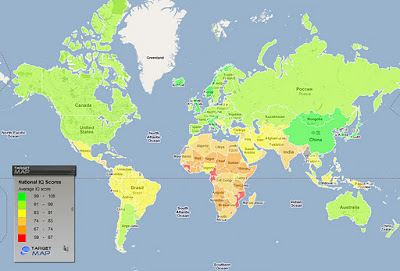First of all, a healthy growing economy means increasing complexity (green curve). This means that the critical complexity (blue curve), which measures how much complexity a system can sustain without imploding, increases. Every time a system is in a state of crisis or transition both curves become bumpy (see the bump corresponding to the dot com crisis in 2000). The magnitude of the bumps indicates the severity of the crisis. What is apparent from the plot, however, is that the current crisis is the most severe in 25 years – it sets the clock back 10-12 years, when we registered similar values of complexity. However, what is more alarming is the slope of both curves – it is negative and with a value not registered before. Basically, a negative slope points to a shrinking economy.
The second alarming point is that when the complexity of a system reaches its corresponding critical threshold (critical complexity) the system in question becomes very fragile and therefore vulnerable. Its structure becomes weak and unable to absorb any increases in uncertainty, inefficiency, and especially, shocks. In the case of the US, this is precisely what is happening. If we take a closer look at the last few years, extrapolating trend, we see that the curves will meet around 2017-2018. This situation is illustrated below. _Forbes
There is a maximum level of complexity above which society breaks down, and there is a minimum level of complexity, below which society breaks down. If a society is designed properly it is able to increase in complexity as it grows, maintaining a safe margin between the upper and lower limits of workable complexity.
What does this mean? It means that over the next 5-6 years the complexity of the US will reach unmanageable levels and the entire system will essentially be out of control. Obviously, this statement is based on the assumption that no major adjustments and/or (extreme) events take place to change the trend line. However, it is also true that current crisis is exposing the inability of modern politics to react to disruptive events. Consequently, the assumption seems to be pretty realistic. Moreover, very large and complex economies are characterized by immense inertia, which means that changes of any nature require a very, very long time to effect.Obama's policies have been based upon a radical vision of transforming America from a resilient private sector based society, to a brittle and unsustainable public sector based society. Obama's agenda is good for the few who are able to siphon away wealth and power from the contracting private sector. It is also good for the enemies of America whose global schemes had been hampered by American power.
But the most alarming point is this. In our analysis we are not looking only at the economy of the US. The analysis is holistic. It embraces also the society, environment, education, the health system, etc.—in other words, “everything.” This means we’re looking at the US as country, not just as an economy. In our previous blogs we have pointed to the fact that even though many parts of the global economy are in a state of crisis, this is not a crisis of the economy. It is a crisis of values, morals, of living beyond one’s means, and many other elements, which ultimately, are reflected in the state of the economy. In fact, the economy and the society are one and must be analyzed as such. Everything is interconnected. The economy is only one important part of a huge and dynamic network, which we understand very poorly.
Our result is most alarming due to very this fact. You can bailout a bank or a carmaker, but how can you “bail out an entire country”? _American Danger of Collapse Under Obama
Here is an interesting look at "what will break and what won't" from Nassim Taleb in The Economist:
The great top-down nation-state will be only cosmetically alive, weakened by deficits, politicians’ misalignment of interests and the magnification of errors by centralised systems. The pre-modernist robust model of city-states and statelings will prevail, with obsessive fiscal prudence. Currencies might still exist, but, after the disastrous experience of America’s Federal Reserve, they will peg to some currency without a government, such as gold.There is more at the link above, but what is interesting to Al Fin analysts is how Taleb underestimates the perfidy of the current leadership of the USA, and other leading nations. Modern leaders are much like the captain of the doomed Costa Concordia. They will steer the ship onto the rocks, then take the first opportunity to abandon ship, passengers, and crew to whatever fate awaits them.
...The world will face severe biological and electronic pandemics, another gift from globalisation.
Religious practice will experience a revival, seen as a conveyor of robust heuristics, cultural values and rituals. Science will produce smaller and smaller gains in the non-linear domain, in spite of the enormous resources it will consume; instead it will start focusing on what it cannot—and should not—do. Finally, what is now called academic economics will be treated with the same disrespect that rigorous (and practical) minds currently have for Derrida-style post-modernist verbiage. _Economist Taleb
If Obama's policies can be reversed, the US private sector can likely recover in time to help bail out the other failing economies of the world. But reversing the policies of a massive and unwieldy government such as the US government, is difficult -- if not impossible -- to do over a short time period. The best we can hope for is mitigation. But will it be enough?
Wait and see. Hope for the best, but prepare for the worst.
















